The Making of a Pakistani Carpet
On my recent visit to Lahore, Pakistan I had the most amazing unanticipated experience – a visit to a carpet factory to see the A-Z of how handmade carpets are made! To see how a truly beautiful, precious human artifact is made from scratch is a delight and a privilege. What was most impressive is the combination of modern management skills with ancient artisan skills, and how the making of carpets continues to adapt and innovate while preserving the traditional art form. My friend and samdhan (my son’s mother-in-law) Fauzia Syed had introduced me to her very best friend Anila Tariq, who is truly connected in Lahore and on top of it is one of the most caring and generous people I have ever met! She asked me to meet her at Lahore Gymkhana and from there we proceeded to the factory for ASSAC Corporation (www.assac.com), headed by Junaid Khwaja, a young dynamic CEO who came back to run the family business which his father had founded after studying in US management schools, in Philadelphia in fact. His own father had been founder of the sports goods manufacturing in Pakistan, and had recently passed on.
As we approached the factory on the outskirts of Inner City (Androon Shehr) of Lahore, we were greeted by an armed guard and asked to identify ourselves. Once we were let in, we were greeted by Junaid and proceeded through a modern front office to a large warehouse of carpets. My husband and I love oriental carpets, and we always used to bring back carpets on our earlier trips to Pakistan. But nothing prepared me for the amazing diversity of styles and designs in Pakistani carpets today that I saw, from the ultra-modern “overdyed” ones which looked like an abstract painting, to antique ones that had worn (or looked) threadbare to the more traditional designs, of what I think of when I think oriental carpet. Each design is a wonder to behold, especially when one sees the human effort and art that went into making that design, one knot at a time!
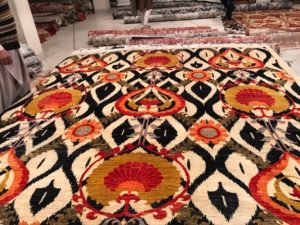
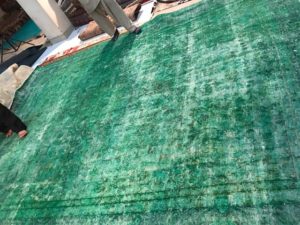
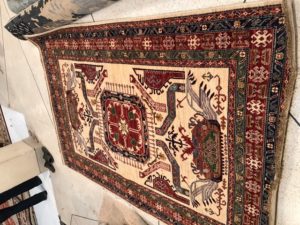
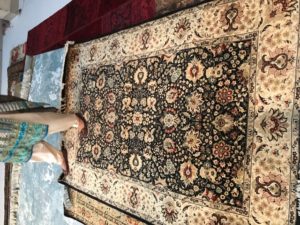
I selected a traditional yet bright colored carpet for my son Reza and my daughter-in-law Amna. Saira also picked some styles to try them with her furniture, and decide which to keep. Then, Anila had the awesome idea of getting a tour of the factory- I loved her learning spirit which allowed me to get a glimpse of a hidden world! We went downstairs to the production room, where one could see the whole process of the making of a carpet from A to Z, and Junaid educated us enthusiastically and with great pride in the process. We saw piles of wool in the most amazing, brilliant colours. And throughout the large warehouse of a room, large looms were set up, with a worker manning the loom and silently knotting away. There were different types and sizes of looms for different carpet types and sizes. Each worker had a book in front of them, which turns out to be a design language for carpets called “Taalam”! Junaid showed us an example of the language, which looked like hierographics to me! Each book looked like it was dozens or even hundreds of pages. The workers read the book, and pull down the wool of a particular color and then weave it according to the design prescribed in that book. It was truly impressive to see this ancient art practiced by highly skilled and sought-after workers following these patterns. And from what I understood, these patterns continue to evolve and grow, and there is a whole design function that is associated with the factory, led by the CEO himself. I am so grateful to have seen up close and in detail the process of making a Pakistani carpet, and again it renews the pride in me of my Pakistani heritage, and the contribution of the Muslim civilizations of Iran, Turkey, Central Asia, etc. that perfected this art form. Any civilization that honors beauty and art and continues to invest in it and develop it is a ray of hope for those of us worried about the technology and violence overshadowing our planet’s humanity and fragility. Thank you Anila Tariq and Junaid Khwaja!

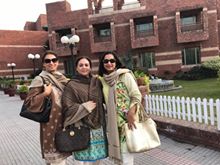
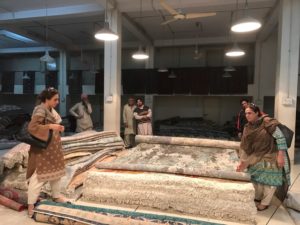
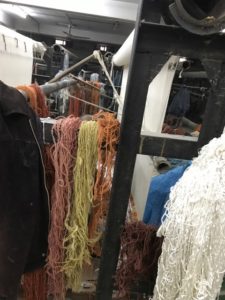
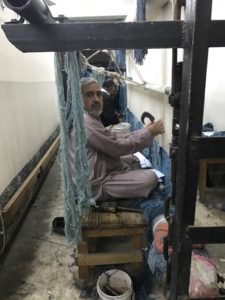
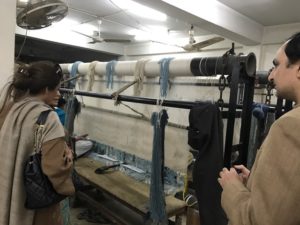
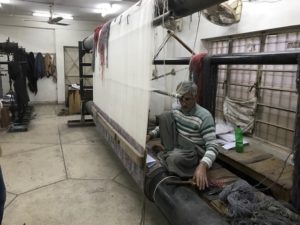
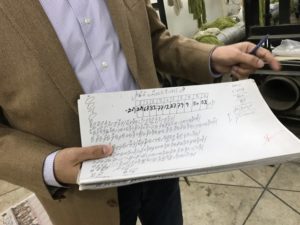
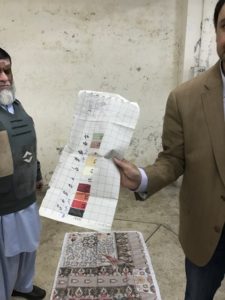
Sufi music spread the word of God’s divine love throughout South Asia and cemented its status within the far reaching religion.